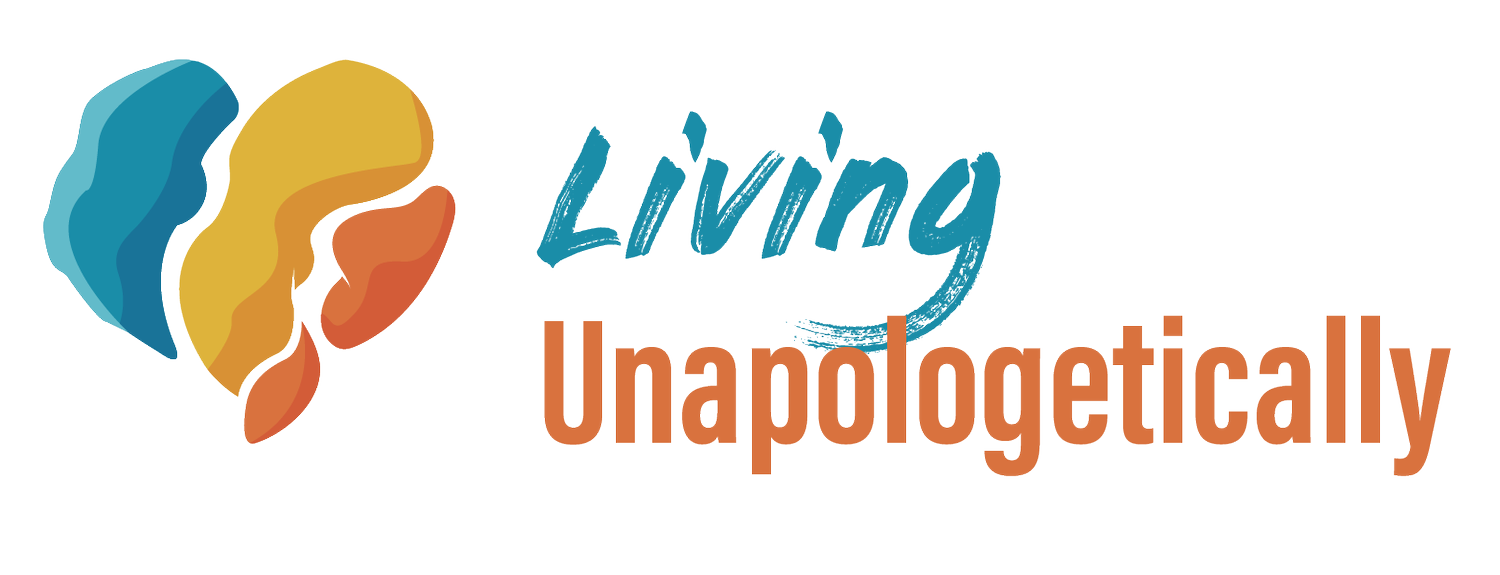How to Support a New Employee Who Came from a Traumatic Workplace
Ideally, a workplace is a supportive environment that motivates employees and makes them happy to go to work every day. In reality, 61% of employees in the United States experience some form of discrimination in the workplace -- most commonly racism.
Though agencies have diversity and inclusion policies in place, BIPOC employees still face racial discrimination and bullying. The majority of harassment cases go unreported because the employee isn’t sure the claim will be taken seriously, doesn’t know who to report it to, or fears retaliation. Employees suffer in silence, accumulating fear, pain, and shame until it grows into severe trauma.
Employees who have experienced a toxic workplace will seek out new jobs, but even after they move to a different workplace, the trauma remains. The damage done by a previous workplace may manifest in absenteeism, poor decision making, or aloofness. Leaders, unaware of this trauma, may perceive a new hire as disinterested, lazy, or avoidant.
An agency could have a thorough and detailed recruitment process and onboarding, but unless a person discloses their trauma, it’s hard to detect it and relationships in the new workplace suffer.
But leaders can prevent this with just a few, intentional actions that foster an environment that supports employees who experienced toxic work cultures:
SEEK TO UNDERSTAND THE IMPACT OF TRAUMA
Helping others confront and address their trauma is a sensitive and challenging task. Most agencies don’t have training or clear procedures concerning workplace trauma, and only 46% of employees who experienced workplace trauma received support from their employers.
Proper training will help recruiters and managers gain insights into toxic work cultures and traumatic workplace situations, including bullying, layoffs, or workplace violence. If leaders are familiar with traumatic events beforehand, they can focus on healing instead.
ADOPT TRANSPARENT AND WELCOMING ONBOARDING
Engaging in trauma-informed work helps leaders comprehend the perspectives of an employee and provide support programs for those struggling with severe responses. These programs also show that open communication is essential, which employers can nurture right from the start.
Recruiters should create onboarding programs that encourage new employees to open up about their past workplace experiences (as they feel safe to do so), even if that means talking about the impact of trauma. Doing so builds a culture of trust and opens a path to healing.
Onboarding can also include mental health support and counseling for those who were working in toxic environments. Two-thirds of employees suffering from a workplace trauma said that counseling or emotional support from their employer would be valuable. Professional help and therapy, provided by the agency, ensures that traumatized employees can build healthy coping mechanisms that will also boost their productivity.
CREATE A SUPPORTIVE ENVIRONMENT
Employee support doesn’t end with onboarding. Agencies can consider workplace wellness consultants, who understand the impact of trauma and can help leaders prevent and respond to trauma or recognize employees who had a traumatic experience in their previous workplace. Wellness consultants don’t just decrease health care costs, they also increase productivity.
Creating support groups can also help employees heal and feel integrated into the new workplace. Support groups provide a setting where people with similar stories can share their experiences and provide emotional support to one another.
Checking in with employees consistently helps leaders support an employee who may appear healed on the surface but continues to struggle within. With an ongoing program in place, leaders can maintain focus on recovery and reassure employees that they can voice their needs at any point.
BE PATIENT AND EMBRACE THE WOUNDS
This isn’t about changing an employee and molding them to fulfill productivity quotas. Instead, leaders should accept their employees and all that comes with experiencing workplace trauma.
These wounds are a part of the employee’s experience and, most importantly, part of their resilience. Traumas remind us that there is a story behind every employee, and when we embrace someone’s skills and talents, we also need to embrace their vulnerabilities.
Bad days will come and go. Recovery is a process, and it requires patience from employers and employees alike. When a workplace nurtures an environment where every employee can be who they are, they not only feel safe and accepted, but included and connected to the larger mission.
If you’d like guidance and development with how to support new employees, contact us!
Charmaine is a Relational DEI expert who sits at the intersection of thinking, feeling, and doing. She is an author, facilitator, skill builder, safe-space holder, family member, partner, and friend. And in all of those, her DEI lens is in constant use. Charmaine uses a social justice lens to help clients explore their individual and organizational needs amidst the backdrop of power, privilege, and oppression. You can access her book (Bias-Conscious Leadership), guided meditations, free tips sheets & guides, and blog posts on her website, www.livingunapologetically.com.




